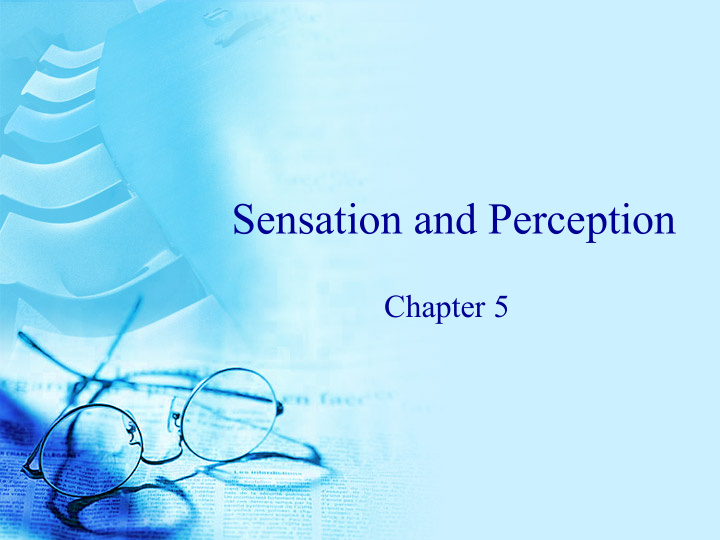



Sensation and Perception Chapter 5
Pain and Hypnosis � Chronic pain treatment � Placebos � Phantom limb pain � Mirror box treatment � Hypnosis
Chronic Pain � Management, not elimination � Misconceptions – � No objective findings = all in head � Biomedical approach only � Psychiatric factors cause pain � Barriers to effective pain management � Pain theories – gate control; cognition � Treatments- non-pharmacology; opioids; mental imagery best
Film – Chronic Pain
Pain � � All pain experiences are normal responses to what your brain thinks is a threat � Thought viruses are processes powerful enough to maintain a pain state - can cause and enhance pain anywhere � Thoughts, fears, ideas and emotions are seen as nerve impulses which have electro- chemical consequences in the brain
Pain Management � � Pain management plan � Should treat pain immediately � Should keep pain under number 3 � Check with doctor as to his pain approach � CA focusing on pain management � Example in Germany – pain-free hospitals � Differential treatment of men and women in U.S.
Placebos � Placebos vs. drug trials � Surgery trials – fake vs. real � 80% of antidepressants due to placebo effect � Study of 6 leading antidepressants � Effect of advertising – drugs more effective � Placebo – enhanced prefrontal activity � Nocebo effect = negative suggestions � Research on knee/hip replacements vs. none � Mirror box treatment � Phantom limb pain-children born without limb � Virtual body in our brains from birth �
Film - Phantom Limb Pain
Mahatma Gandhi � Your beliefs become your thoughts. � Your thoughts become your words. � Your words become your actions. � Your actions become your habits. � Your habits become your values. � Your values become your destiny.
Hypnosis � Definition � Seven characteristics – � Reduction of planning function � Redistribution of attention � Availability of memories � Reduction of reality testing � Increased suggestibility � Role behavior � Posthypnotic amnesia
Hypnosis – Pain Treatment � Induction � After Effects � Susceptibility
Experience of Hypnosis � Muscles – 3 types of commands – � Ordinary request � Direct suggestion � Inhibitory suggestion – most challenging � Pain and hallucinations � Memory and age regression � Post-hypnotic responses � Distortions – � Cognitive: agnosia; aphasia � Affective distortions � Alterations in personality
Film - Hypnosis
Personality of a Hypnotized Person � Characteristics � Personality tests � Hypnotizability � Range of applicability
ESP: Perception without Sensation? � Claims of ESP � Facts or Fantasies � Testing ESP
Entanglement Entanglement can affect physical properties of a particle on � other side of universe by prodding its entanglement twin – exists everywhere, all the time. After interaction, impossible to tease apart the two particles’ � characteristics. Vacuum is filled with pairs of entangled particles. � Our bodies are a mass of entanglements between electrons � in atoms that make up our body. There can be three-way entanglements. � Moments of time can become entangled, too. � Entanglements exist all around us and inside us all the time. �
Recommend
More recommend